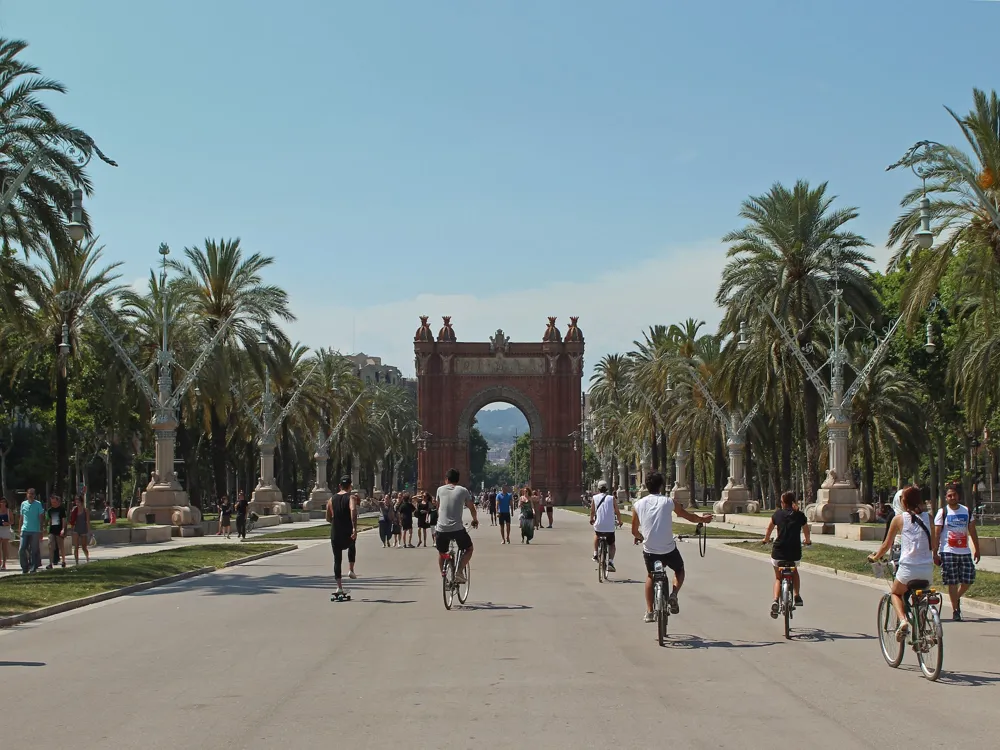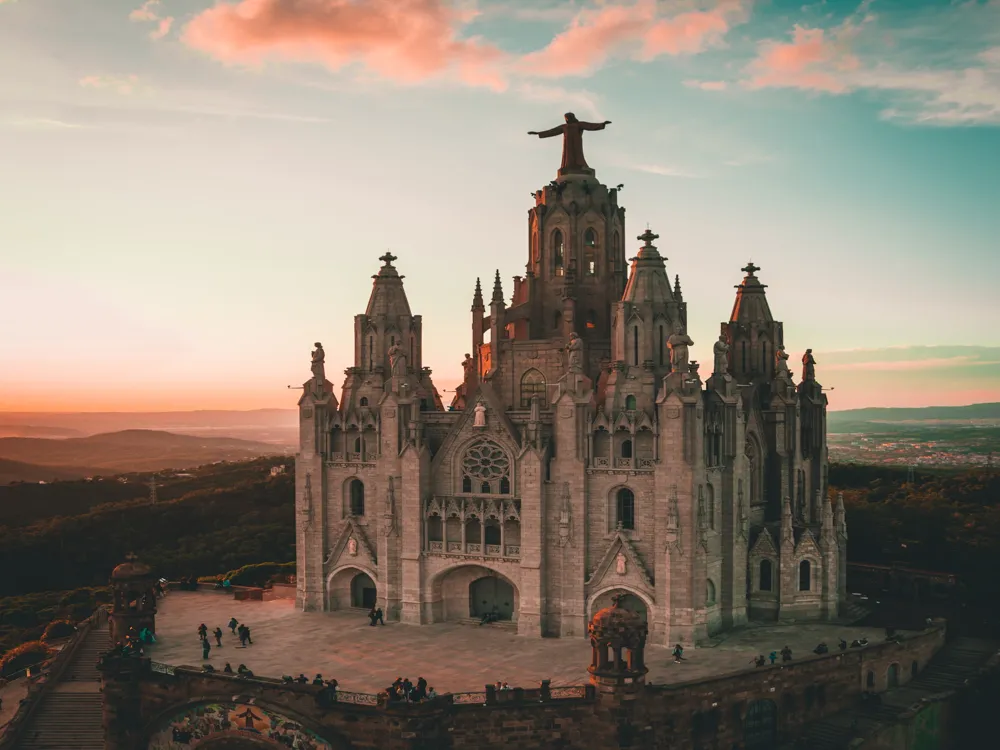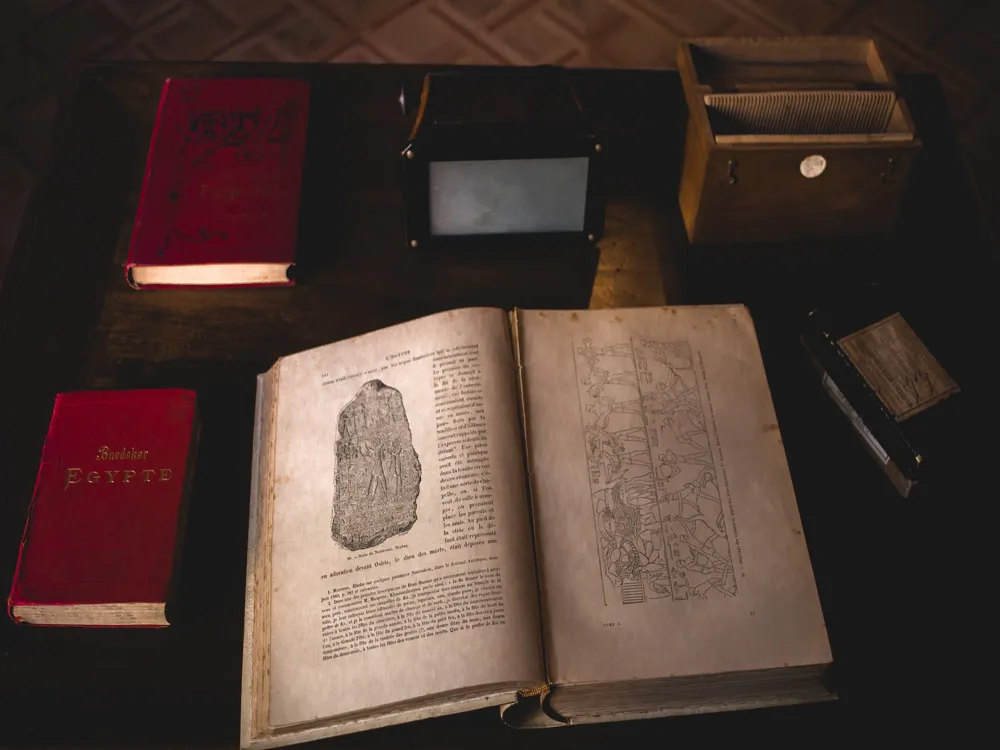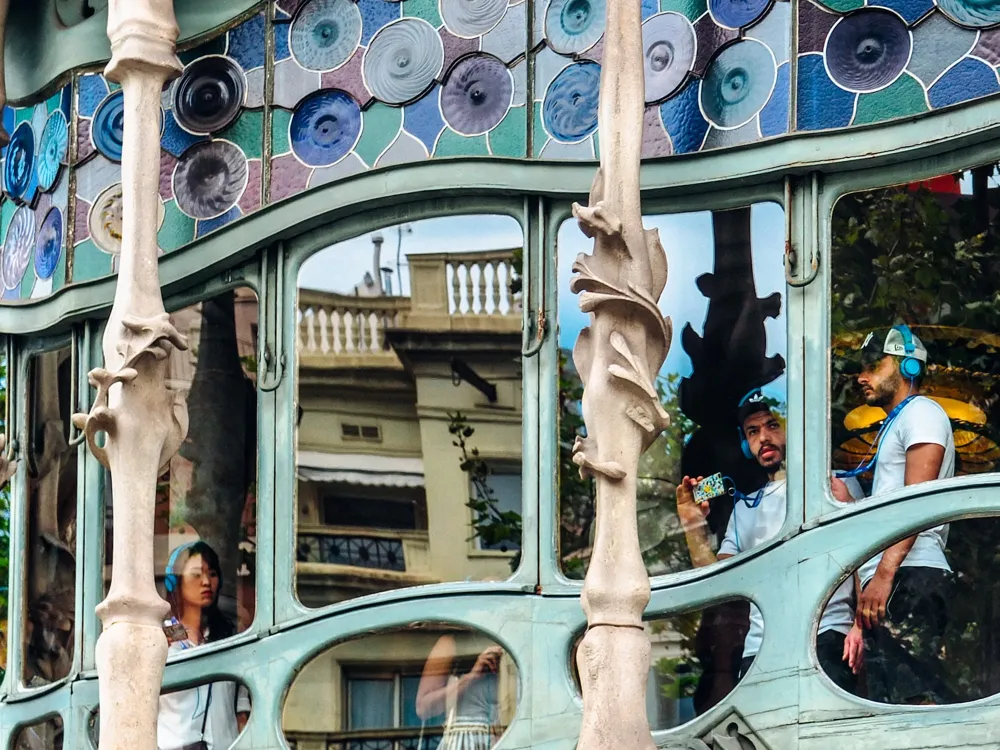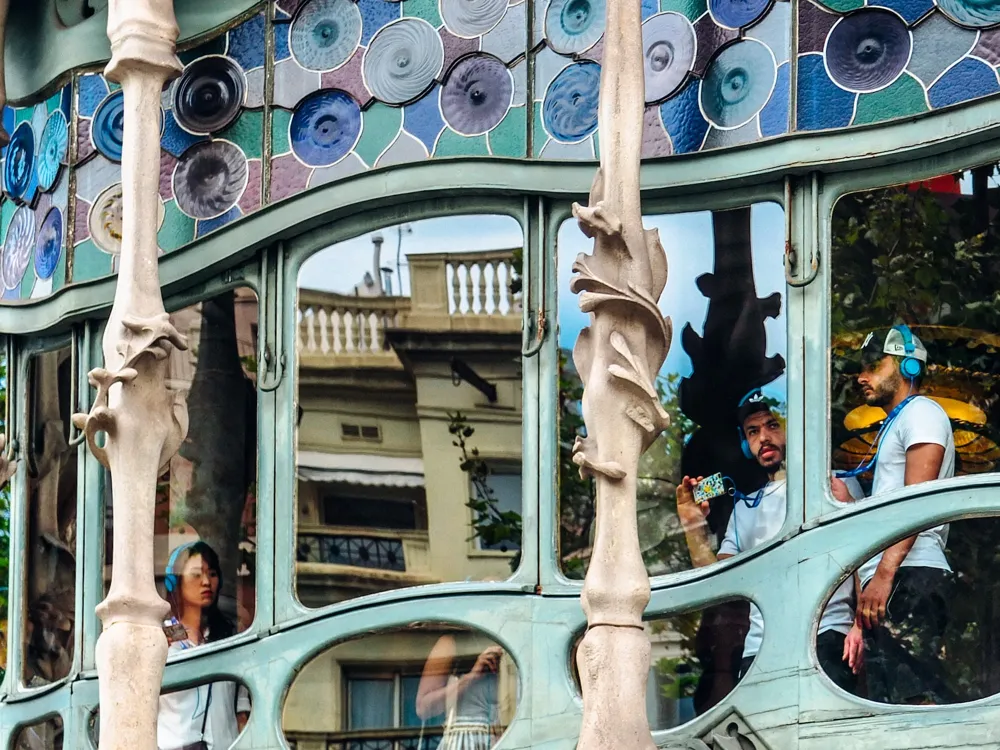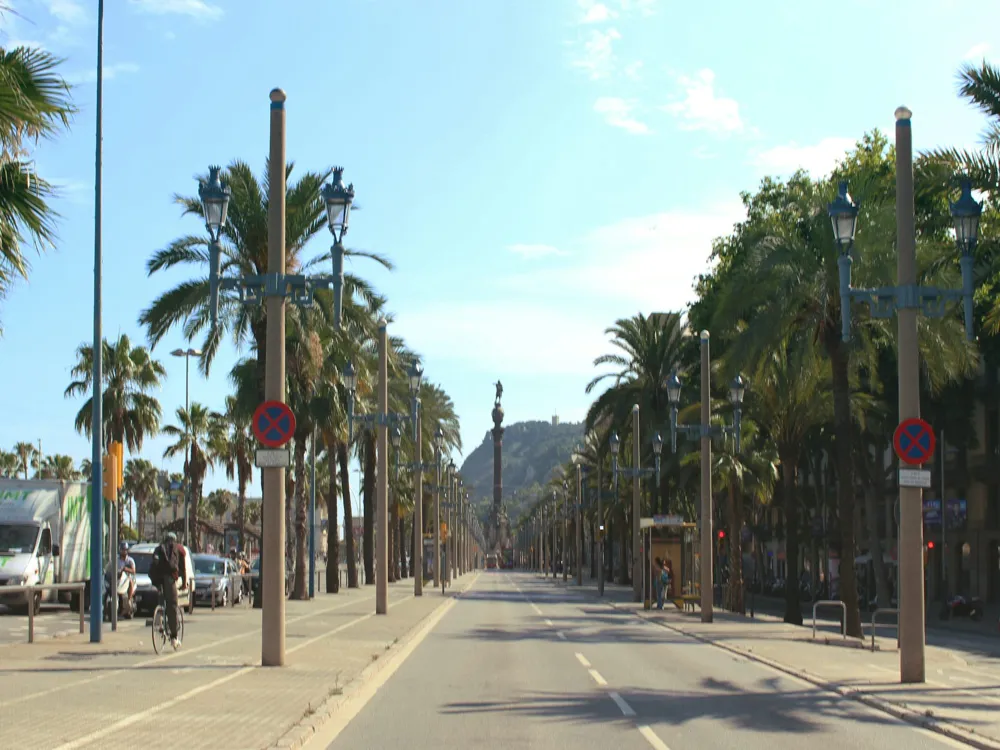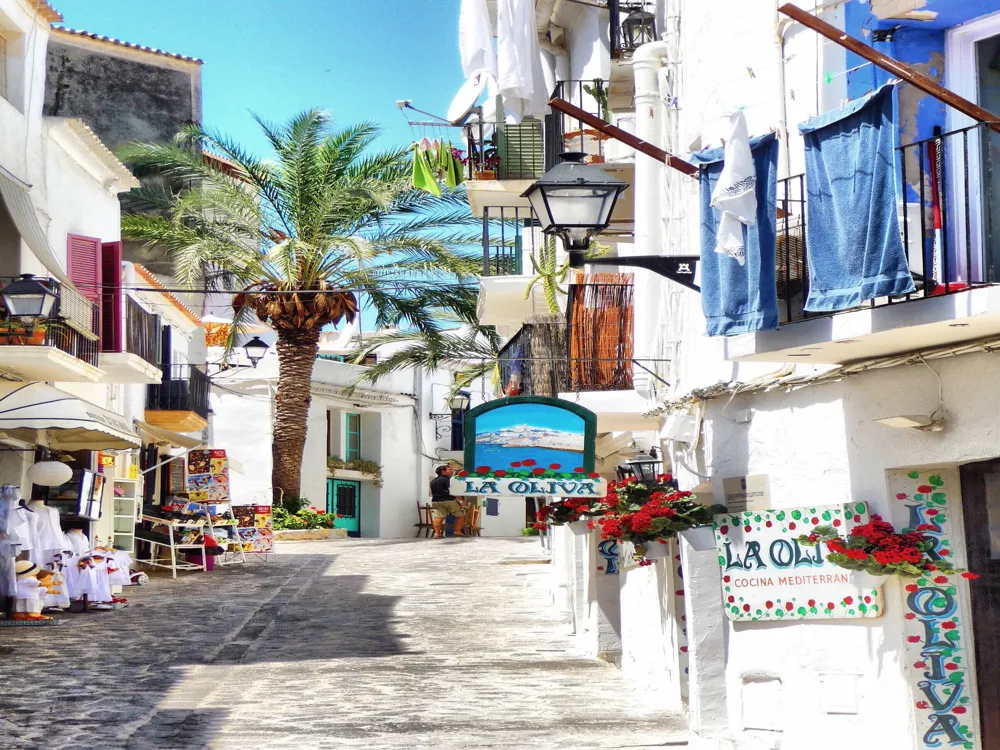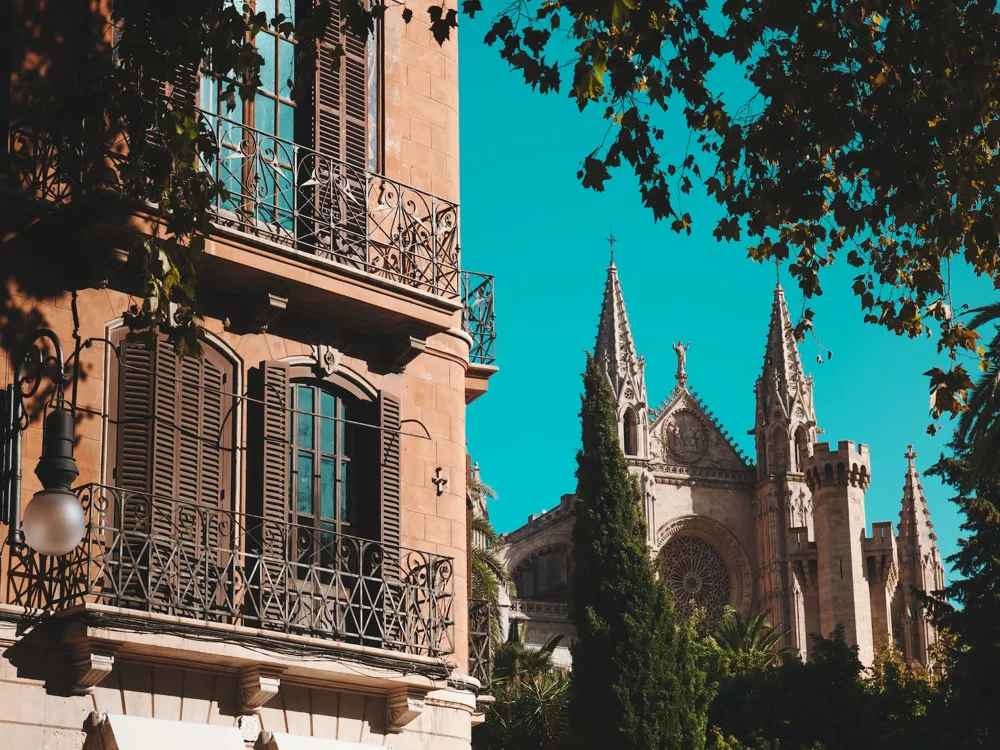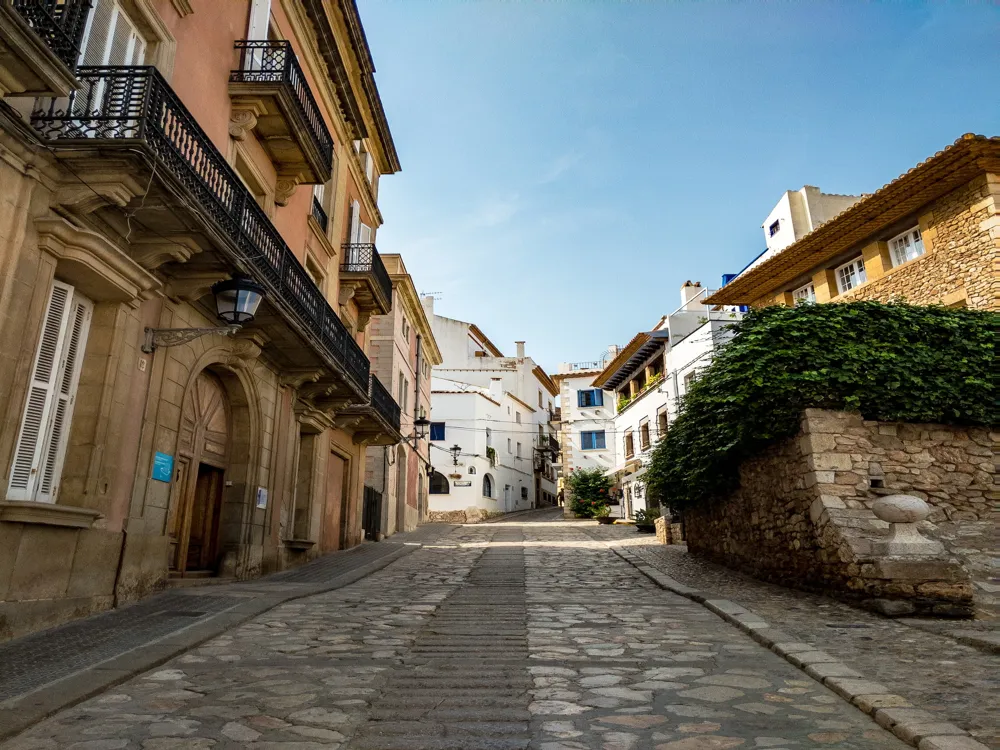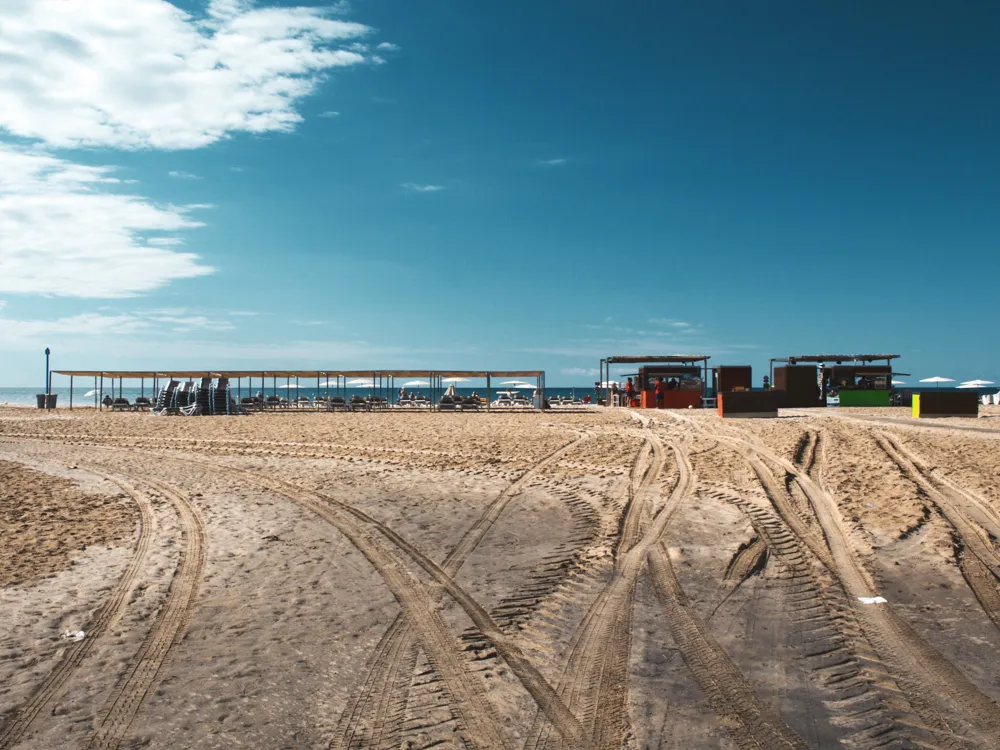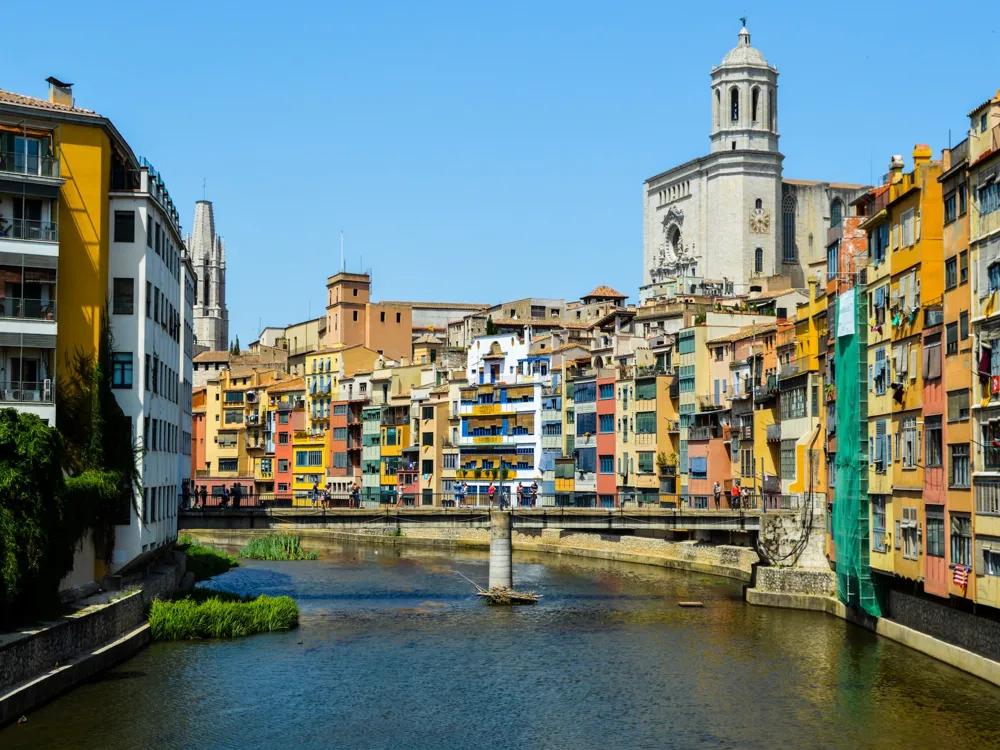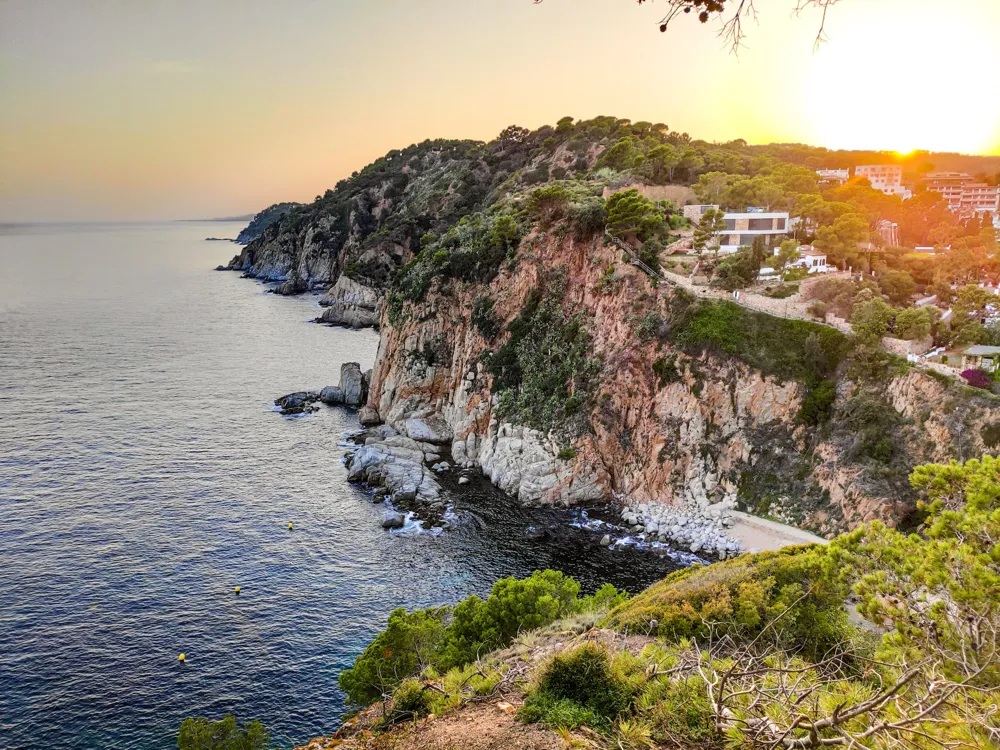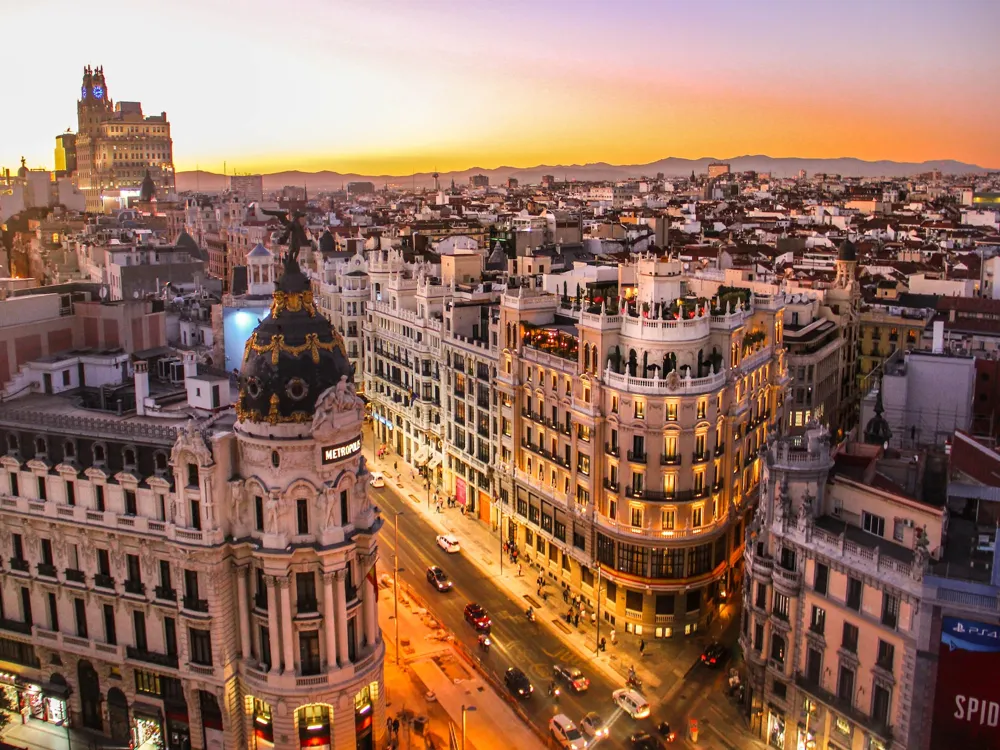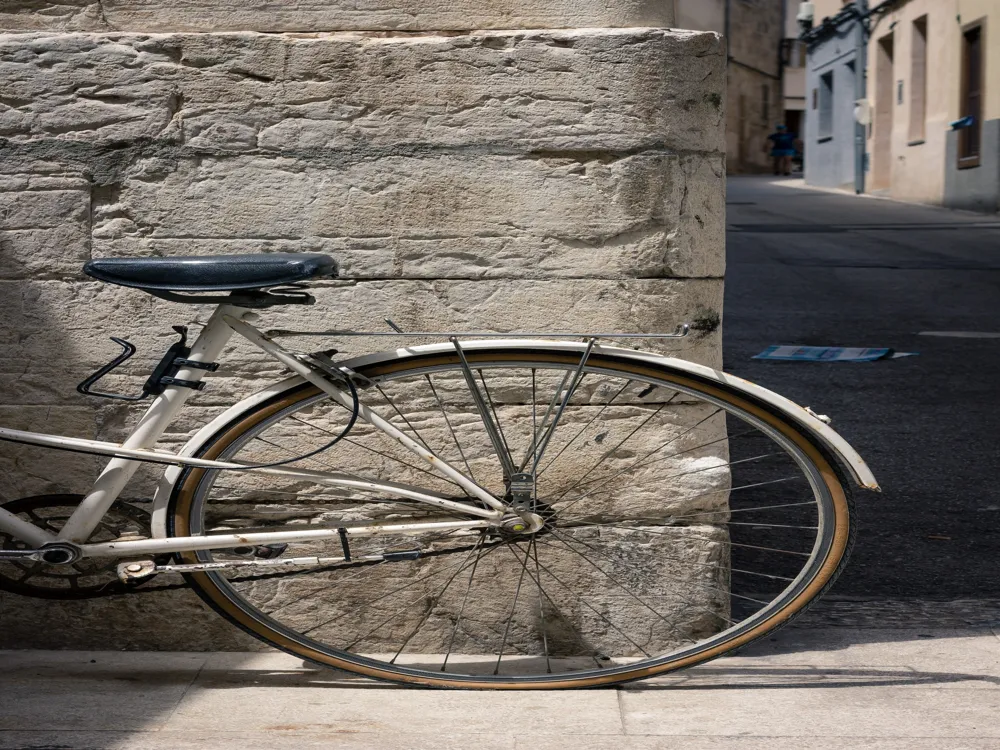Casa Milà, also known as La Pedrera, is one of the most iconic and revolutionary works of the famous Catalan architect Antoni Gaudí. Located in the heart of Barcelona, Spain, this building stands as a testament to Gaudí's unique approach to Modernist architecture. Built between 1906 and 1912, Casa Milà was commissioned by Pere Milà and his wife Roser Segimon. Unlike any other building of its time, Casa Milà breaks all the traditional conventions of architecture with its undulating stone facade and twisting wrought iron balconies and windows designed by Josep Maria Jujol. Recognized as a UNESCO World Heritage Site, Casa Milà represents the zenith of Modernism. The building's façade is a varied and harmonious mass of undulating stone that, along with its forged iron balconies, explores the irregularities of the natural world. UNESCO acknowledges it as an exceptional creative contribution to the development of architecture and building technology in the 20th century. The roof terrace, with its famous chimney pots shaped like warriors, is one of the most distinctive features of Casa Milà, offering breathtaking views of the city. Inside, the building is equally impressive. Its unique structural design includes a self-supporting stone front and columns, and floors free of load-bearing walls. Also, the loft space is made entirely of catenary arches, a typical Gaudí design. The building's interior is a reflection of Gaudí's artistic fullness; it belongs to his naturalistic phase, a period in which the architect perfected his style, drawing inspiration from the organic shapes of nature. Casa Milà serves not only as a building but as a piece of art. Its cultural and historical significance, along with its architectural innovations, make it a must-see destination for visitors to Barcelona. The architecture of Casa Milà is a striking example of Antoni Gaudí's genius and his extraordinary ability to integrate natural forms into his creations. Often referred to as a 'stone quarry' due to its unconventional rough-hewn appearance, Casa Milà's facade undulates around the corner of Passeig de Gràcia and Carrer de Provença, giving the impression that the building is alive. This dynamic effect is further enhanced by the varying window sizes and the intricate ironwork on the balconies and windows, creating a feeling of constant movement. Gaudí's approach to the design of Casa Milà was revolutionary in that he avoided straight lines and right angles, preferring curved walls and irregularly shaped windows. This organic quality extends to the roof, which is famed for its surrealistic chimney pots, each one a unique sculpture in itself. The roof terrace is a space of artistic and architectural playfulness, offering a panoramic view of Barcelona and a closer look at these whimsical creations. The interior of Casa Milà is as remarkable as its exterior. Gaudí designed the interior spaces to be as functional as they are aesthetic. The layout of the apartments is incredibly innovative, with flowing spaces and a lack of load-bearing walls, made possible by the use of pillars and arches. This allows for larger, more adaptable living spaces. The building's atriums provide natural light and ventilation, a feature that was quite advanced for its time. Perhaps one of the most fascinating aspects of Casa Milà's architecture is its construction method. Gaudí used a scaled wooden model to calculate the structure's design, which was a novel approach at the time. This allowed for a more fluid design process and a building that was truly ahead of its time in terms of both aesthetics and structural engineering. The best time to visit Casa Milà is during the off-peak tourist season in Barcelona, which is typically in the spring (April to June) or fall (September to November). During these months, you can avoid the large crowds and enjoy a more relaxed visit. Early mornings or late afternoons are also less crowded times of the day to explore Casa Milà. It's highly recommended to book your tickets in advance, as Casa Milà is a popular attraction and can get quite crowded. Advance booking can save you from long waiting lines and also sometimes offers a slight discount on the ticket price. Tickets can be booked online through the official Casa Milà website. When visiting Casa Milà, make sure to explore both the interior and the roof terrace. The roof offers stunning views of the city and close-up encounters with the unique chimneys. Inside, don’t miss the chance to see the attic, which houses a fascinating exhibition about Gaudí’s work and methods. For a more in-depth understanding of Casa Milà and Gaudí's work, consider taking a guided tour. These tours often provide insights into the history and architectural details that you might miss when exploring on your own. Casa Milà is conveniently located in the Eixample district of Barcelona, making it easily accessible by various modes of transportation. The nearest metro station is Diagonal, which is served by L3 (green line) and L5 (blue line) trains. Buses that stop near Casa Milà include lines 7,16,17, 22, 24, and V17. Taxis are also readily available throughout the city, and there are several parking lots nearby for those driving to the site. Read MoreOverview of Casa Milà in Barcelona
Architecture of Casa Milà
Tips When Visiting Casa Milà
Best Time to Visit
Booking Tickets
Exploring the Building
Guided Tours
How To Reach Casa Milà
Casa Mila
Barcelona
₹ 35,693 onwards
View barcelona Packages
Weather :
Tags : Historical Site
Timings : March - October: 9:00 AM - 8:30 PM,
November - February: 9:00 AM - 6:30 PM
Entry Fee : General: EUR 25,00
Concessions: EUR 19,00
Children (7-12 years): EUR 12,50
Children (0-6 years): Free
Planning a Trip? Ask Your Question
Also Refered As:
La Pedrera
Barcelona Travel Packages
View All Packages For Barcelona
Top Hotel Collections for Barcelona

Private Pool

Luxury Hotels

5-Star Hotels

Pet Friendly
Top Hotels Near Barcelona
Other Top Ranking Places In Barcelona
View All Places To Visit In barcelona
View barcelona Packages
Weather :
Tags : Historical Site
Timings : March - October: 9:00 AM - 8:30 PM,
November - February: 9:00 AM - 6:30 PM
Entry Fee : General: EUR 25,00
Concessions: EUR 19,00
Children (7-12 years): EUR 12,50
Children (0-6 years): Free
Planning a Trip? Ask Your Question
Also Refered As:
La Pedrera
Barcelona Travel Packages
View All Packages For Barcelona
Top Hotel Collections for Barcelona

Private Pool

Luxury Hotels

5-Star Hotels

Pet Friendly







